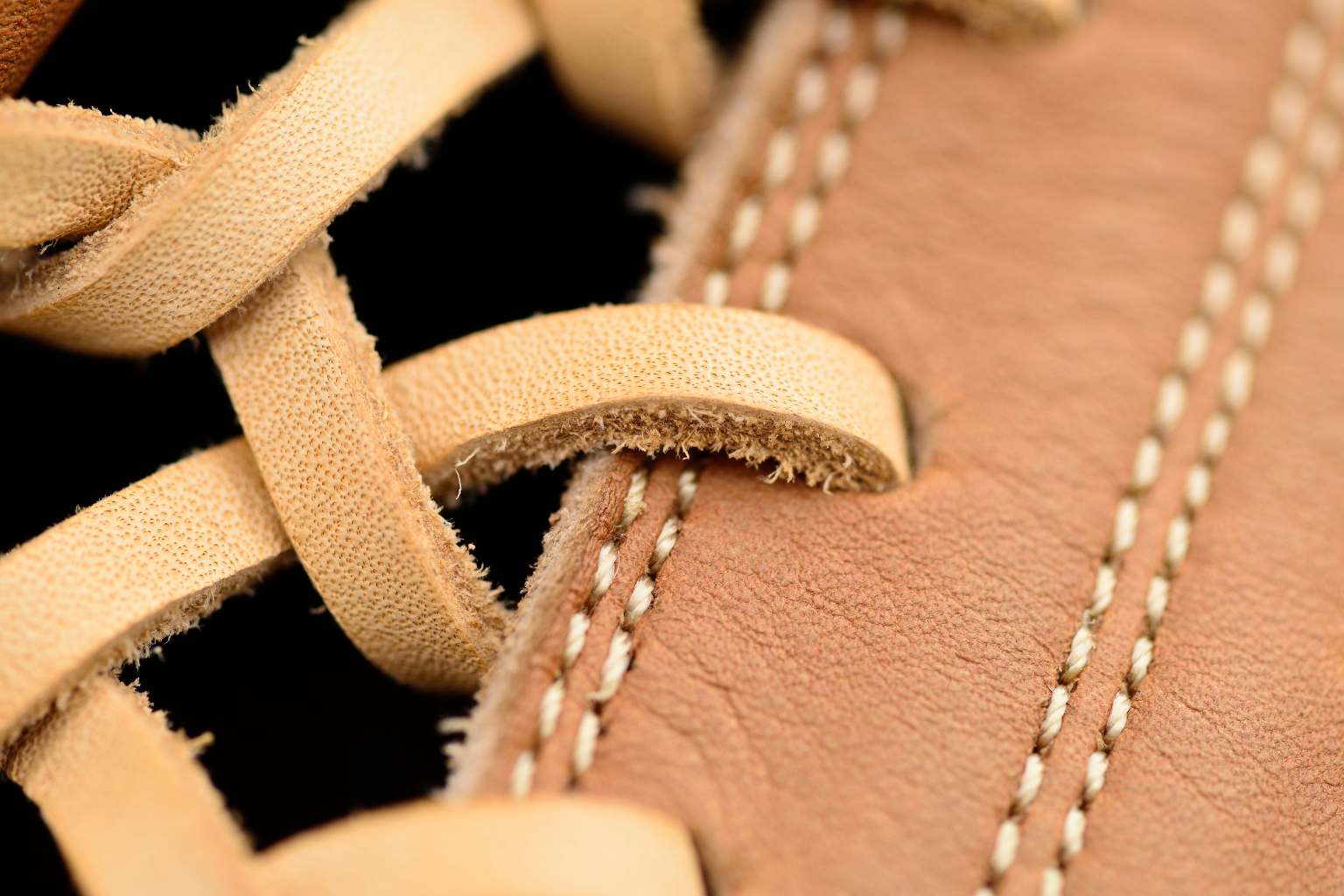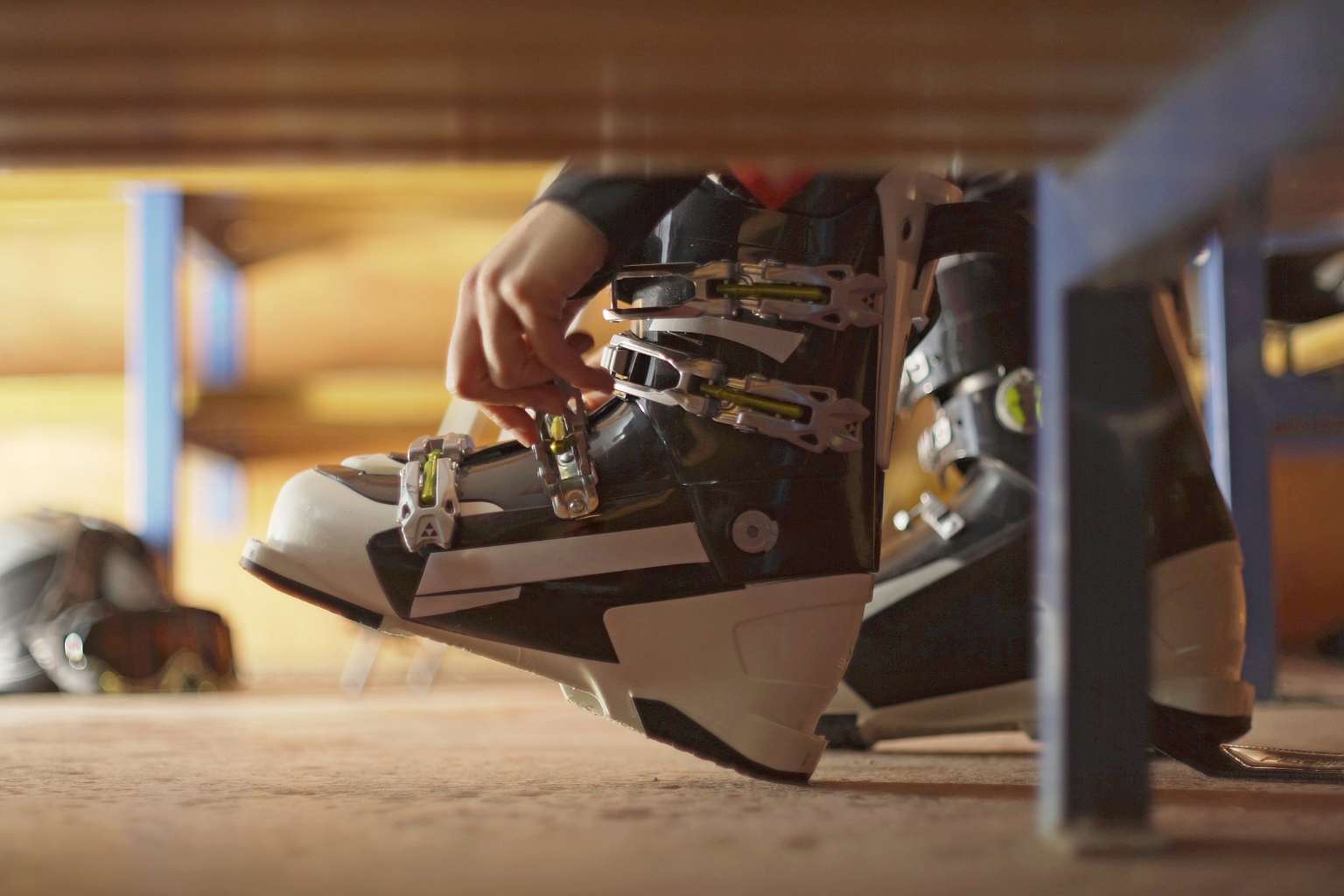If you want optimal performance and safety on the slopes, regular ski tuning and maintenance are essential. Whether you're a weekend warrior or a seasoned shredder, this guide covers everything you need to know to keep your skis in peak condition.
Why Ski Tuning Matters
Ski tuning enhances performance, ensures better control, and prolongs the life of your equipment. Regular maintenance improves your glide, edge grip, and overall enjoyment on the mountain.
Key Benefits of Tuning Your Skis:
-
Improved Glide: A freshly waxed base helps your skis move more smoothly over snow.
-
Better Edge Control: Sharpened edges improve turning and grip on icy surfaces.
-
Prolonged Ski Life: Prevents damage and reduces wear and tear.
Essential Tools for Ski Tuning
Before getting started, gather these essential tuning tools:
-
Ski vise or clamps
-
File guide and ski files
-
Diamond stone
-
Gummy stone
-
Edge tuner
-
Wax (all-temperature or temperature-specific)
-
Waxing iron
-
Plastic scraper
-
Nylon and brass brushes
-
Base cleaner
-
P-Tex candles for base repair
Step-by-Step Ski Tuning Process
1. Clean the Base
Start by cleaning the ski base to remove old wax and dirt.
How to Do It:
-
Use a base cleaner or a citrus-based solvent.
-
Wipe the base thoroughly with a clean cloth.
2. Base Repair (If Needed)
Check for gouges or scratches. Minor damage can be repaired with P-Tex.
How to Do It:
-
Light a P-Tex candle and drip the material into the damaged area.
-
Let it cool, then scrape off the excess with a metal scraper.
3. Edge Sharpening
Keeping your edges sharp ensures better carving and control.
How to Do It:
-
Use a file guide to maintain a consistent angle (typically 88 or 90 degrees).
-
File from tip to tail in smooth, even strokes.
-
Use a diamond stone for finishing and a gummy stone to de-burr.
4. Waxing the Skis
Waxing is crucial for speed and base protection.
How to Do It:
-
Plug in a waxing iron and let it heat up.
-
Drip wax along the ski base.
-
Spread the wax evenly with the iron (keep it moving to avoid burning the base).
-
Let the wax cool for at least 30 minutes.
-
Scrape off excess wax with a plastic scraper.
-
Brush with a nylon brush to polish the base.
5. Final Inspection
Inspect your work. Make sure the edges are smooth, and the base is even and polished.
How Often Should You Tune Your Skis?
-
Waxing: Every 4–6 ski days
-
Edge Sharpening: Every 5–8 ski days (more often for icy conditions)
-
Base Repair: As needed
Ski Boot Maintenance and Accessories
Tuning your skis is only part of the equation. Proper ski boot care and fit are just as important for comfort and performance. At KCB, we offer a wide range of ski boot accessories and fitting products.
Popular Ski Boot Products Include:
-
Boot heaters and warmers
-
Boot fitting tools and insoles
-
Buckle extenders and replacement parts
-
Boot dryers and deodorizing sprays
Check out our full collection here: KCB Ski Boot Products
When to Seek Professional Help
While DIY tuning is effective, some repairs are best left to professionals:
-
Major base damage
-
Edge replacement
-
Precision stone grinding
Final Tips for Ski Maintenance
-
Store skis in a dry, cool place
-
Loosen bindings in the off-season
-
Regularly inspect your gear for damage
With the right tools and a bit of time, ski tuning can be an easy and rewarding part of your winter routine. Stay fast, stay sharp, and enjoy every turn!
Need gear? Check out our full selection of ski products at KCB Sports & Outdoors!











